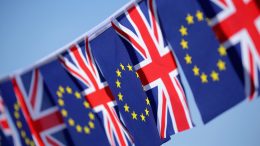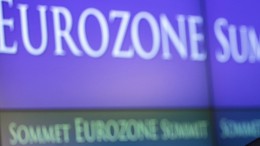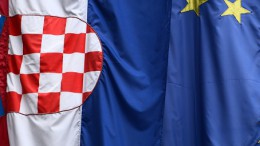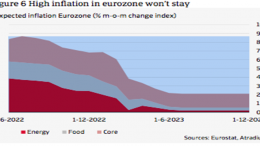Could the worst slump in UK services PMIs in two years be a leading indicator for the Eurozone?
Santander Corporate & Research | The worst slump in UK services PMIs in two years, since the 2021 confinements, puts a clear question mark over the sustainability of an expected EZ economic recovery that explains the good momentum in credit markets. True, with these PMIs already above 50pt for the first time since June and the third consecutive month of improvement, our economists believe that the EZ may be able…









